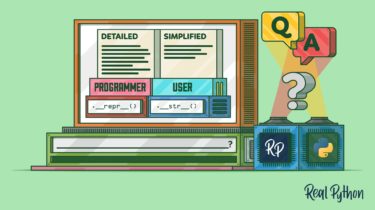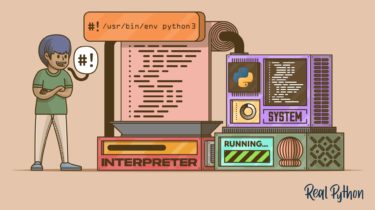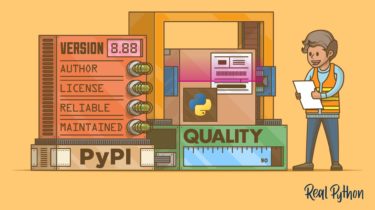Category: Python
Python tutorials
Speeding up text processing in Python (is hard)
If you’re doing text or string manipulation in Python, what do you do if your code is too slow? Assuming your algorithm is reasonably efficient, the next step is to try faster alternatives to Python: a compiled extension. Unfortunately, this is harder than it seems. Some options don’t offer an easy path to optimizations, others are actually slower. To see this limitation in action, we’ll consider some alternatives: Pure Python, with the default Python interpreter. Cython. mypyc. Rust. Pure Python, […]
Read moreWhen Should You Use .__repr__() vs .__str__() in Python?
One of the most common tasks that a computer program performs is to display data. The program often displays this information to the program’s user. However, a program also needs to show information to the programmer developing and maintaining it. The information a programmer needs about an object differs from how the program should display the same object for the user, and that’s where .__repr__() vs .__str__() comes in. A Python object has several special methods that provide specific behavior. […]
Read moreSumming Values the Pythonic Way With sum()
Python’s built-in function sum() is an efficient and Pythonic way to sum a list of numeric values. Adding several numbers together is a common intermediate step in many computations, so sum() is a pretty handy tool for a Python programmer. As an additional and interesting use case, you can concatenate lists and tuples using sum(), which can be convenient when you need to flatten a list of lists. In this video course, you’ll learn how to: Sum numeric values by […]
Read moreExecuting Python Scripts With a Shebang
When you read someone else’s Python code, you frequently see a mysterious line, which always appears at the top of the file, starting with the distinctive shebang (#!) sequence. It looks like a not-so-useful comment, but other than that, it doesn’t resemble anything else you’ve learned about Python, making you wonder what that is and why it’s there. As if that wasn’t enough to confuse you, the shebang line only appears in some Python modules. In this tutorial, you’ll: Learn […]
Read moreHow to Evaluate the Quality of Python Packages
Installing packages with Python is just one pip install command away. That’s one of the many great qualities that the Python ecosystem has to offer. However, you may have downloaded a third-party package once that didn’t work out for you in one way or another. For example, the package didn’t support the Python version that you were using in your project, or the package didn’t do what you expected it to do. By understanding the characteristics of a high-quality Python […]
Read moreDocumenting Python Projects With Sphinx and Read the Docs
Sphinx is a document generation tool that’s become the de facto standard for Python projects. It uses the reStructuredText (RST) markup language to define document structure and styling, and it can output in a wide variety of formats, including HTML, ePub, man pages, and much more. Sphinx is extendable and has plugins for incorporating pydoc comments from your code into your docs and for using MyST Markdown instead of RST. Read the Docs is a free document hosting site where […]
Read more





